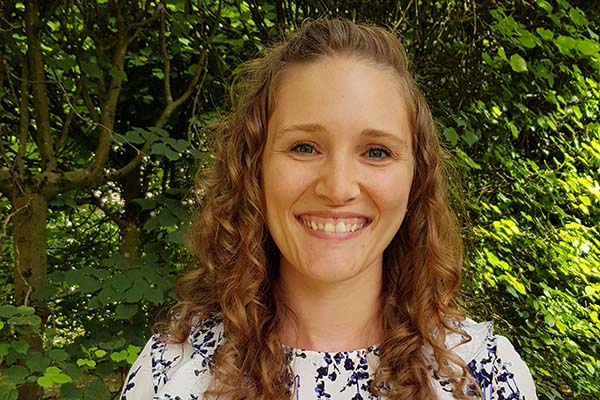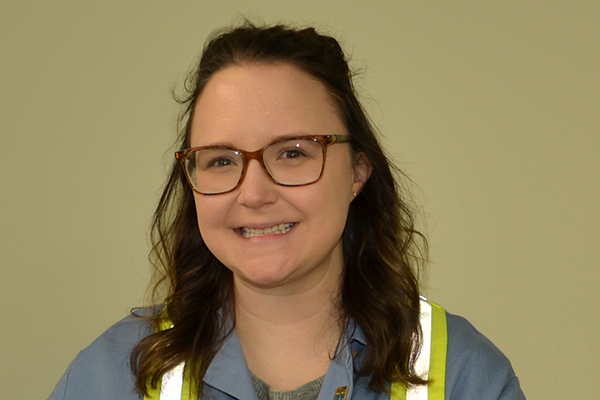
Most of the drugs we take come in the form of a pill, a shot, or maybe a spray. But Purnina Malik explores alternative approaches to drug delivery at ARx. “Because we don't work with the traditional dosage forms, we are able to capture therapeutic benefits that are outside of those realms,” she says. She and her colleagues at ARx develop and manufacture medicated patches and thin films that go under the tongue.
So-called transdermal patches provide controlled drug dosages into the bloodstream over a prolonged period of time. “It eases the burden on the patient compared to oral pills, meaning compliance goes up,” says Malik. Sublingual thin films, which go straight into the bloodstream after dissolving under the tongue, offer a more rapid onset of action compared to oral pills. They are also appealing to patients who struggle to swallow pills, she explains.
Malik’s role at ARx is to formulate patches and films suitable for delivering clients’ active pharmaceutical ingredients (APIs). “We develop prototypes and then run a series of experiments to determine how to better optimize those formulations and achieve the desired therapeutic profile,” she explains.
Prior to starting her current role in May 2018, Malik was lab manager for the textile-based drug delivery system start-up TexDel (now Nufabrx). The firm created therapeutic socks and other products made with capsaicin- or Icy Hot-coated fibers, Malik says. She started up TexDel’s analytical lab from the ground up. “It was there I got interested in formulation chemistry,” she adds.
Before Malik started at TexDel in December 2016, she spent 18 months in the quality testing labs at the pharmaceutical CRO Frontage Laboratories, in Exton, Pennsylvania. This analytical chemistry role was her first position after completing her bachelor's degree in biochemistry and molecular biology at Penn State University.
What's in your lab coat pocket?
An assortment of pens and Sharpies.
What was the last experiment you ran?
A permeation experiment. This kind of experiment is used to determine how much drug can get through the skin.
What's the best part of your job?
Because ARx is relatively small, I’m always working closely with people in other departments such as engineering and quality control. That's one of the really nifty things about working here as opposed to a bigger pharma company.
What’s the worst part of your job?
The high proportion of potential drug products and APIs we work on in the R&D labs but never make it to the market. But when they do make it to the market, it's definitely rewarding.
What’s the best piece of professional advice you've received?
To keep learning, keep growing, and keep adapting.
Who are your scientific heroes?
Marie Curie. And Jennifer Doudna. She's a biochemist, well known for her CRISPR gene editing work.
What is your favorite molecule?
Caffeine, because I drink a lot of it.
How do you deal with stress?
I read a lot of books. Lately, it’s been business and psychology books. Reading takes me to another world for a little while.
This article has been edited for length and clarity. The opinions expressed in this article are the author's own and do not necessarily reflect the view of their employer or the American Chemical Society.
Copyright 2022 American Chemical Society (All Rights Reserved)













